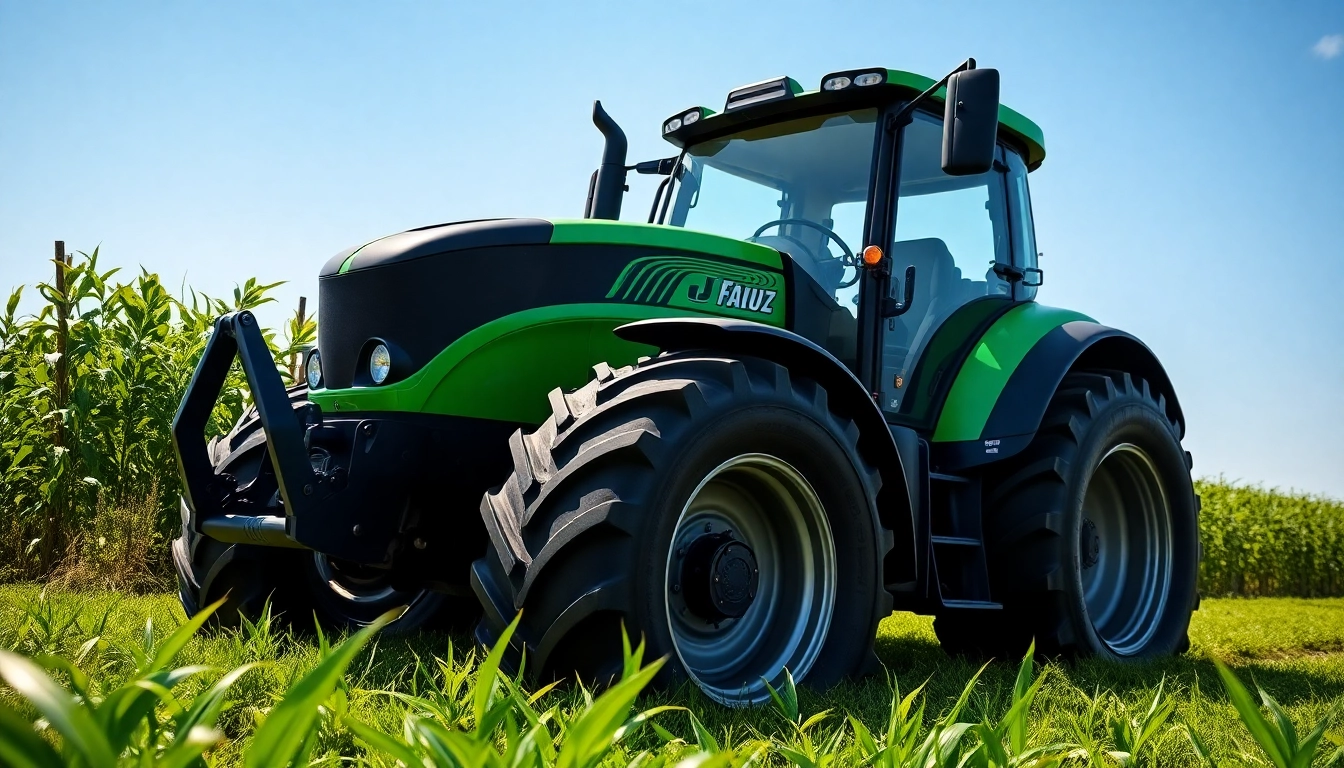
What is Machine Vision?
Definition and Overview
Machine vision refers to the technology and methods used to enable machines to interpret visual information and perform various tasks that typically require human-like visual analysis. This involves using a combination of cameras, sensors, and specialized software to capture, process, and analyze images, helping automate quality control processes in various industries. The term encompasses a range of applications including inspection, guidance, and identification tasks. By employing machine vision, organizations can enhance operational efficiency and improve product quality.
History of Machine Vision
The evolution of machine vision can be traced back decades, beginning in the 1960s when the first rudimentary systems were developed to perform simple inspections on manufacturing lines. As technology progressed, so did machine vision capabilities, moving from basic image processing to more advanced, automated visual analysis tools by the 1980s. With the advent of artificial intelligence in the late 20th century, machine vision systems began incorporating machine learning algorithms, significantly improving their accuracy and efficiency. Today, machine vision is a critical component in industries such as automotive, electronics, food and beverage, and pharmaceuticals, serving as a keystone for automation and quality assurance.
How Machine Vision Works
Machine vision systems typically consist of three main components: image capture, image processing, and decision-making. The process begins with image capture, where cameras equipped with appropriate lenses acquire visual data. These cameras can be 1D, 2D, or 3D, depending on the application requirements.
Once the images are captured, advanced algorithms process the data to extract relevant features, such as defects, dimensions, or colors. This information is then analyzed by software that makes decisions based on predefined criteria, such as whether a product meets the specified quality standards.
Moreover, modern machine vision systems often employ artificial intelligence to continuously learn from new data, thereby improving their performance over time. This happens through techniques such as neural networks and deep learning, making them not only accurate but also adaptable to different conditions and requirements.
Applications of Machine Vision
Industrial Automation
One of the most prominent applications of machine vision is in industrial automation, where it plays a vital role in manufacturing processes. From assembly line inspections to sorting and packaging, machine vision ensures that products meet quality standards and specifications. For example, machine vision systems can detect defects in production, verify assembly correctness, and even guide robotic arms in complex assembly tasks, minimizing human error and enhancing productivity.
Healthcare Imaging
In the healthcare sector, machine vision technology has made significant strides, particularly in medical imaging. These systems are used to analyze images from MRIs, X-rays, or CT scans to aid in diagnosing diseases. For instance, machine vision can identify anomalies such as tumors or fractures that may be overlooked by the human eye. Furthermore, the integration of machine vision with AI algorithms allows these systems to learn from vast amounts of medical data, improving the accuracy of their assessments over time.
Automotive Safety Systems
The automotive industry utilizes machine vision to enhance safety features in vehicles, such as advanced driver-assistance systems (ADAS). These systems rely on cameras to detect surrounding objects, lane markings, and traffic signs, allowing for functionalities like automatic braking, lane-keeping assistance, and collision avoidance. The implementation of machine vision in automotive safety has contributed to significant reductions in accidents and fatalities on the roads.
Benefits of Implementing Machine Vision
Increased Efficiency and Productivity
By automating inspection and quality assurance processes, machine vision significantly increases operational efficiency and productivity. Tasks that would typically require human intervention can be performed more quickly and accurately by machine vision systems, resulting in faster production cycles and reduced downtime. This efficiency translates to cost savings and higher throughput for manufacturing facilities.
Cost Reduction Strategies
The implementation of machine vision can lead to substantial cost reductions in various ways. First, by minimizing defects and ensuring high-quality output, companies can reduce waste and avoid costly recalls or reworks. Second, machine vision systems optimize labor costs by decreasing the reliance on manual inspection processes. Finally, the enhanced data collection provided by machine vision enables businesses to identify inefficiencies and implement corrective actions, further driving down operational costs.
Enhancing Quality Control
Quality control is paramount in any manufacturing process, and machine vision systems excel in this area by providing accurate and consistent inspections. These systems can detect subtle defects that may elude human inspectors and maintain a detailed record of product quality over time. By ensuring that only products that meet strict quality standards reach the market, organizations can significantly boost customer satisfaction and brand reputation.
Types of Machine Vision Systems
2D vs. 3D Machine Vision
Machine vision systems can be categorized based on the dimensionality of the data they analyze. 2D machine vision systems capture flat images and are suitable for tasks such as barcode reading or surface inspections. In contrast, 3D machine vision systems provide depth perception and can analyze the spatial characteristics of objects, making them ideal for more complex tasks, such as assembly guidance or shape defect detection.
Camera and Sensor Technologies
The choice of cameras and sensors is crucial in determining the effectiveness of a machine vision system. Various camera types such as CCD, CMOS, and infrared cameras are utilized based on the specific application requirements. Furthermore, the integration of specialized sensors can enhance the capabilities of machine vision systems, enabling them to function in diverse environments and under varying lighting conditions.
Smart Camera Systems
Smart cameras are a recent innovation in machine vision systems, combining imaging capabilities with processing power. These systems can capture images and process them locally, reducing the need for external computing resources. Smart cameras are particularly beneficial in situations where space is limited or where real-time analysis is crucial, as they enable quicker decision-making without latencies involved in transferring data to central processors.
Future Trends in Machine Vision
Integration with Artificial Intelligence
The integration of artificial intelligence with machine vision systems is set to revolutionize the industry. With the ability to learn from data, AI-enhanced machine vision systems can improve their accuracy in detecting defects and anomalies. Future trends predict a more profound reliance on AI algorithms that will provide predictive analytics, enabling organizations to foresee potential issues before they arise.
Advancements in Hardware
The relentless advancement in hardware technology will continue to propel machine vision forward. Emerging technologies in camera sensors, lighting, and processing units will allow for higher resolution images, faster processing speeds, and enhanced capabilities in adverse conditions. Additionally, the development of more compact and versatile hardware will facilitate the integration of machine vision systems into a broader range of applications.
Market Trends and Predictions
The machine vision market is expected to grow substantially in the coming years. Predictions indicate an increasing adoption of machine vision in various sectors, driven by the need for automation and high-quality standards in manufacturing processes. As companies recognize the importance of data-driven decision-making, investments in machine vision technologies will likely escalate, paving the way for innovative solutions that enhance productivity and quality.








